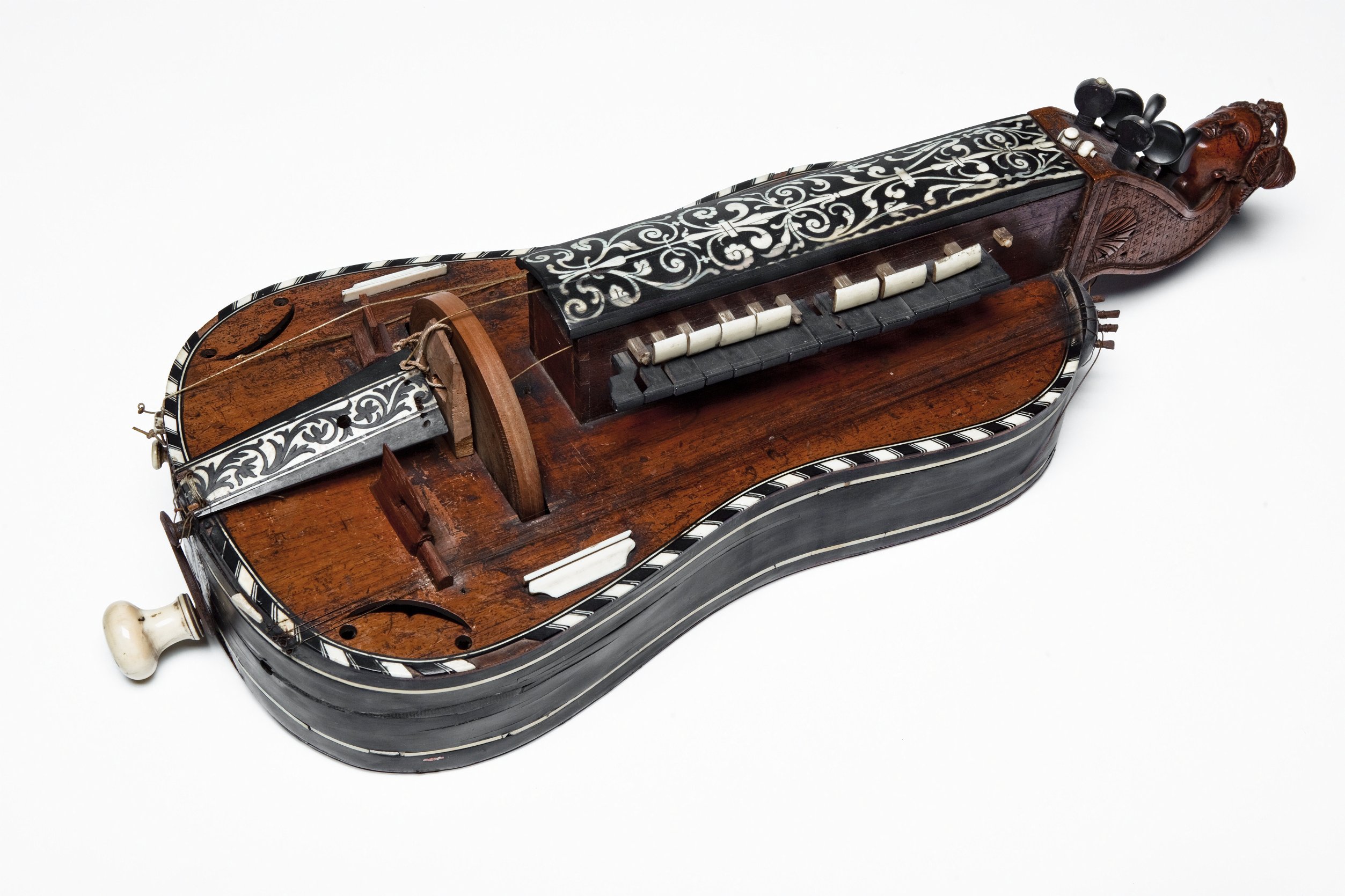In this week’s blog, we hear from Despoina Papazoglou who was an intern at St Celilia’s Hall from April to June 2019. Her internship focused on the material analysis of a painted 17th-century harpsichord using XRF….
Hello! My name is Despoina and I decided to write this article to share my experience of an eight-week journey as an intern at St Cecilia’s Hall. This is the first time I have written something for a blog, so before I started I googled “how to write my first blog?”, and seriously, I couldn’t understand a thing…just for a moment, I believed that quantum physics was easier to understand!
Let’s start with when I found the vacancy for the internship. The title “Scientific Material Analysis of Musical Instruments Internship” sparked curiosity within me as my professional background is in the field of material science. After reading and re-reading the job description I knew I wanted to be part of the project, as I realised it would not only expand my knowledge but also expose me to new challenges that would help me achieve my future career goals. I was so excited about the job and wanted to be part of it so badly that I did extensive research and learnt all about the museum and the collections displayed within it. Long story short, I sent in my CV, attended the interview and was offered the internship. I was probably the happiest person on earth! One of my biggest desires came true, and I could finally work in a museum with people who share the same passion as me – the conservation and preservation of cultural heritage.
Continue reading →


